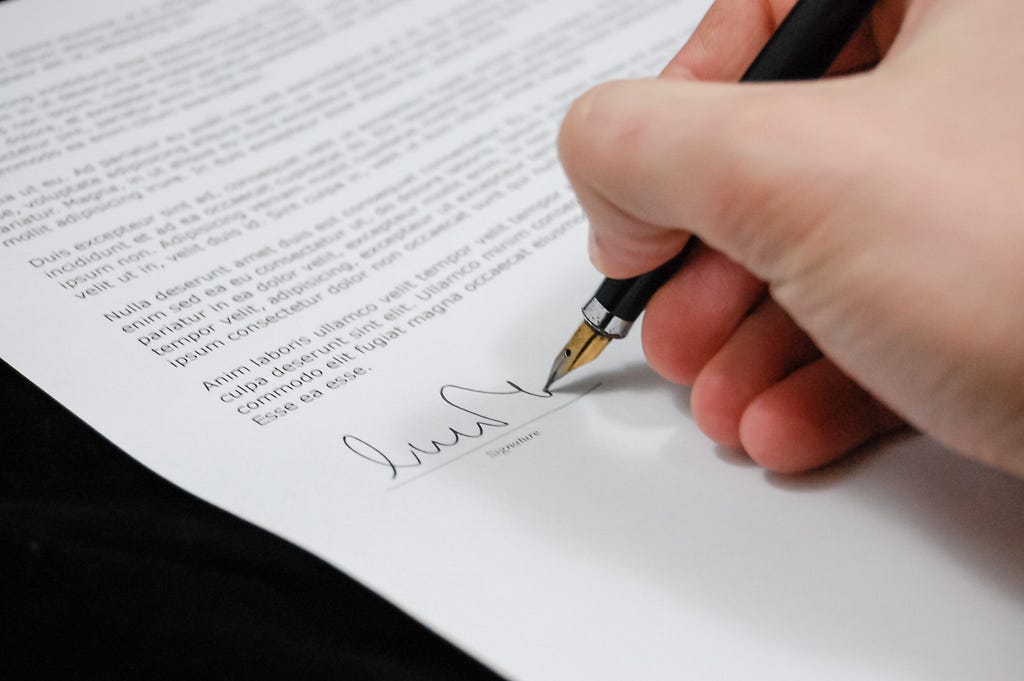Latest news about Bitcoin and all cryptocurrencies. Your daily crypto news habit.
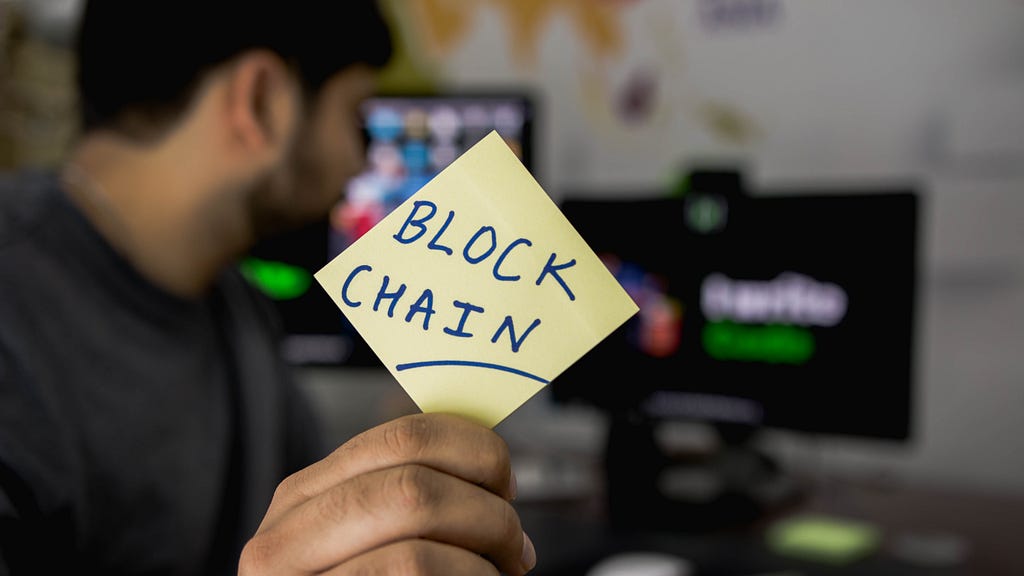 Photo by Hitesh Choudhary on Unsplash
Photo by Hitesh Choudhary on Unsplash
With the propagation of cryptocurrencies and its ICOs, there are many articles that “explains” the blockchain technology. However, perhaps due to its self-serving purposes or an attempt to water it down for the layman, blockchain has been hailed as if it’s a miracle cure to all problems.
It isn’t.
You may have read that “blockchain is going to change the world” but these articles don’t explain how and why that would happen.
As an independent developer, I want to explain and give a developer’s perspective on the application of blockchain.
First, let’s understand some traits of the technology itself.
Traits
 Image by Savvas Stavrinos from Pexels
Image by Savvas Stavrinos from Pexels
Blockchain, especially cryptocurrency, has been used for their ability to provide users with anonymity and trackability.
Anonymity
Bitcoin, which uses blockchain technology for its transactions, allows people to transact without identifying themselves. Thus, it has been used a lot by the black market where dealings are questionable.
Trackability
In blockchain, every piece of transaction data is stored in an immutable shared ledger.
Since every peer in the network stores the list of past transactions, anyone can trace the whole heritage of a transaction. The fact that everyone stores the same ledger makes it very difficult to forge past transactions as well.
As consumers are more environmentally and socially conscious, we want to support businesses that align with our values. So for some of us, we want to know if the coffee beans used in our cup of coffee is sourced ethically.
One such business is the Moyee Coffee. It has integrated blockchain into their supply chain so that customers can know that the coffee bean farmers are paid fairly.
Another example is Provenance — A platform to enable businesses to provide transparency in their operations using blockchain technology.
Here’s a diagram of the process taken from their article.
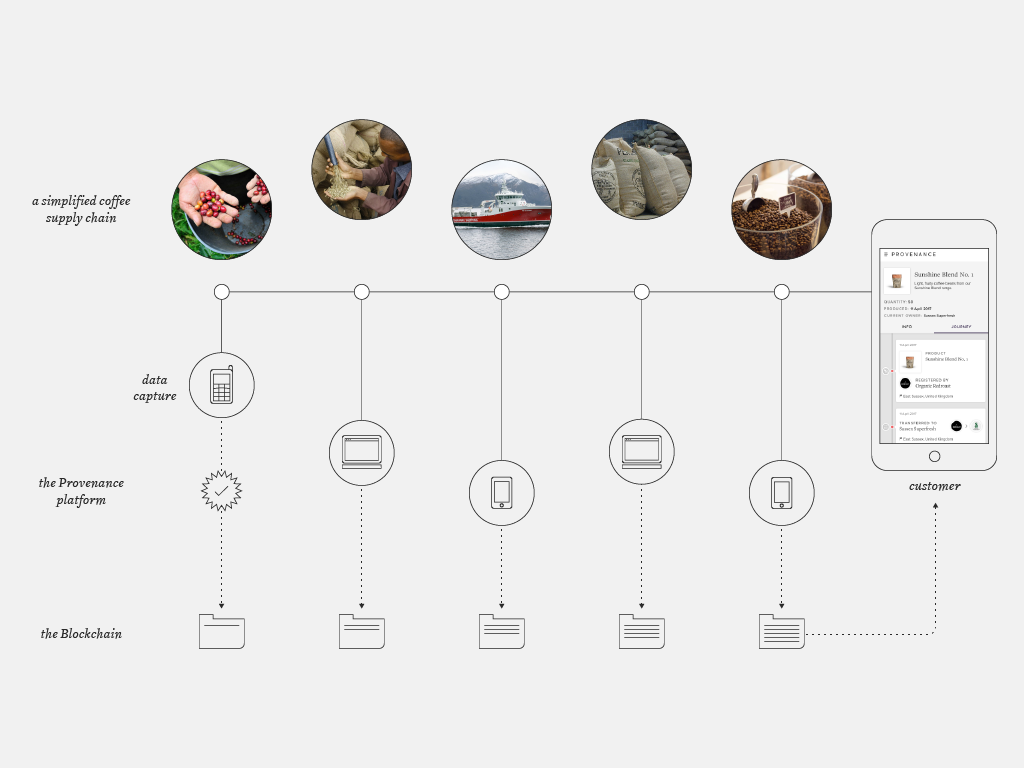 Data is captured at every step of the process to provide transparency.
Data is captured at every step of the process to provide transparency.
As every peer in the network stores the same data, any applications running on the network is said to be decentralized.
One of the selling points of cryptocurrencies is that there is no one authority holding all the money. For instance, we usually store our money in a bank account. Our money is then centralized with the banks. Some people do not like this idea because then we are at the mercy of the risk that the bank might go astray.
However, later you will see that having your money completely decentralized might not be ideal.
*At this point, I should emphasize that I am in no way related to any of the mentioned businesses. I am merely giving examples to help with understanding.
From my perspective, most of those traits are the side effects caused by two main characteristics — Trustless and immutability.
Smart contracts
To me, the fascinating part about blockchain is its ability to execute on promises. This is made possible by a set of algorithm/logic that sits on top of the blockchain network.
We generally call these applications smart contracts.
Remember that we mentioned any past transactions are immutable? This applies to smart contracts as well.
The immutability makes any deployed smart contracts final. There’s no going back on words.
It is said to be trustless because there is no need for you to trust a bank or any company to make that transaction. Basically, there is no need for you to trust anyone. The smart contract will execute on the logic tirelessly with no bias.
Application
This opens up a whole new world of application for the blockchain technology.
Think about charities. What goes through our mind when we donate?
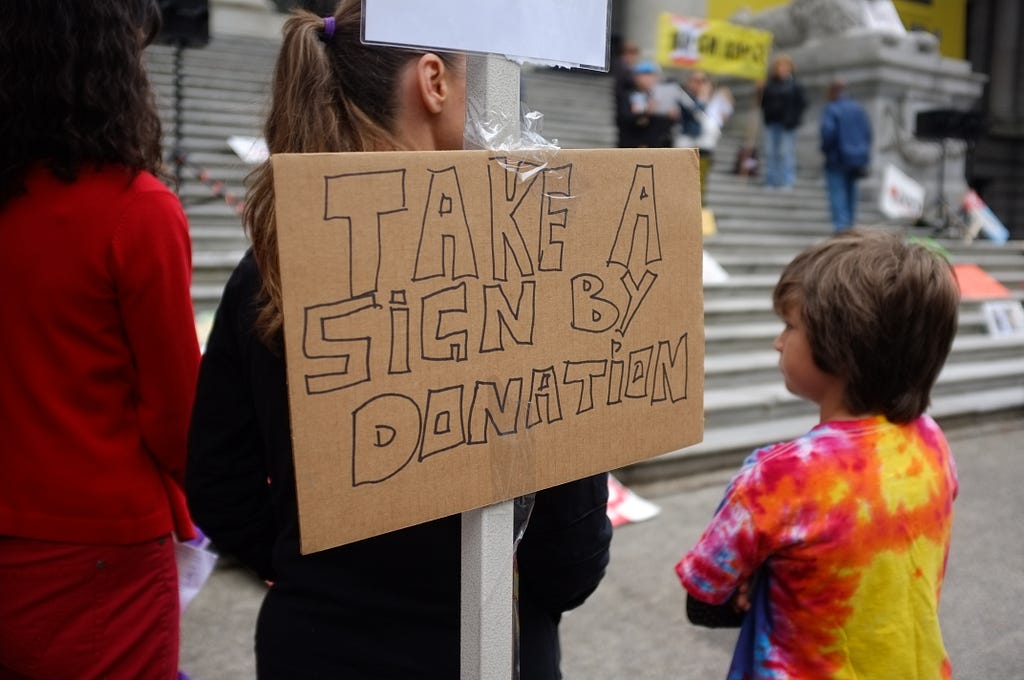 Photo by Akshay Chauhan on Unsplash
Photo by Akshay Chauhan on Unsplash
“Can I trust the charity organization?”
“How much of my money will reach the donee?”
“How much goes into the business operations?”
“Are the people involved corrupted?”
With blockchain technologies, we can code in that for every $1 donated, 80c will reach the donee in the value of bread. These promises can be coded in and become immutable. Also with this technology, we can literally track, audit, and enforce the process as a form of second layer management.
As a donor, gaining transparency in the heritage of transactions creates confidence. This can potentially attract a lot more donations.
This is just one context. Think about all the things we can do if we put our heads together and brainstorm on the different situations that trustlessness can solve.
If we can dictate where our money will go exactly, there will be fewer corruptions.
The transparency helps business operations to be more efficient.
Audits will be more thorough and automated.
I genuinely believe we can make the world a better place with blockchain technology.
Less than ideal
However, to say that this technology is a miracle pill is an exaggeration. In fact, in some situations, it does not even make sense to use blockchain.
Remember, blockchain requires the peers in the network to store all the past transactions. This means there is A LOT of redundancy in storage. A lot of storage space is wasted.
Blockchain also requires a mathematical operation to validate a transaction. This operation is computationally intensive. Together with network latency, these make the transactions slow. Therefore, I don’t think it is relevant to use it in micropayments unless there is some form of liquidity provider in between the user and the network. However, that would defeat the purpose of using blockchain in the first place.
 Users have to wait for the slow response.
Users have to wait for the slow response.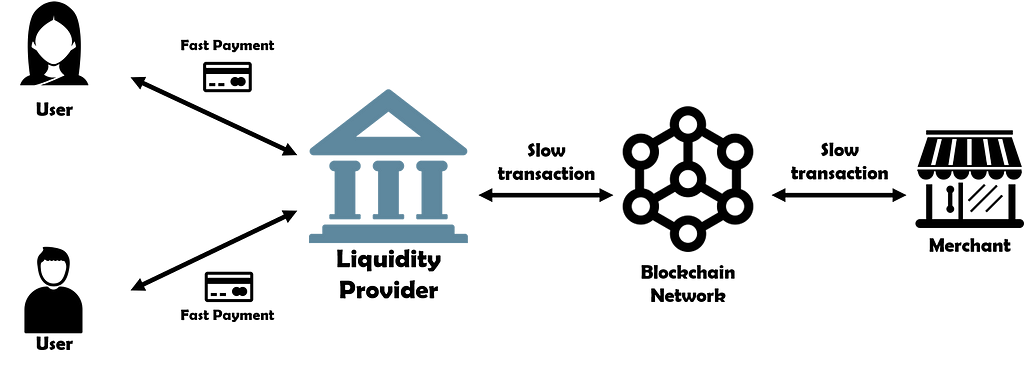 Users get confirmation quickly while liquidity provider waits for the response. Liquidity provider responsible for differences.Fees
Users get confirmation quickly while liquidity provider waits for the response. Liquidity provider responsible for differences.Fees
Entities such as the banks, payment companies (e.g. Visa, Mastercard), and property agents act as the middleman for a transaction. They profit from the transaction by taking a small percentage as fee or commission.
If we use blockchain, we essentially remove these middlemen. A common misconception is that we do not have to pay a fee if we use blockchain instead.
Remember that it is computationally intensive to validate a transaction. The person who provides these computational power is generally known as the miner.
Of course, the miners don’t work for free. They work for a fee and the people paying these fees are the people making the transactions.
Therefore, I think it is not suitable to use blockchain for transactions that are high in volume.
Having said that, keep in mind that many developers in the community are finding innovative ways to reduce the storage requirement for users. Techniques such as sharding are also developing to reduce the transaction time in the network.
Decentralization
Do we really want a complete decentralization?
It depends on the context.
In terms of micropayments, I would rather have an authority to facilitate. I want to be able to call the hotline and cancel the lost credit card. I want to be notified of any fraudulent transactions. I want expert opinions/recommendations for products, services, or loans.
All these would require a respected central figure.
If we remove the middlemen, we remove all the human interactions as well. This can be a good or bad thing depending on the situation.
Enforcement
Earlier, I reveled myself in the brilliantness of smart contracts. It enforces the promises we make between two parties.
There’s a loophole though — The gap between the system and the wavering humans.
There is always a way to get around it. How would I know that the full amount is used to buy food for the poor? There’s always the option for the corrupted user to withdraw the money and put it in their own pockets.
Though, with the implementation of the blockchain, it becomes easier to enforce the processes by zooming into the gap between the system and the user.
Conclusion
As producers and creators, we are the leaders in an emerging technology. We should not blindly follow the crowd. Great businesses are built on solving real problems, not short-term hypes.
Without understanding the qualities of the blockchain, it is merely an enormous, redundant, and poor performing database.
What problems are you trying to solve?
Can it only be solved uniquely by using blockchain?
“Cross-borders” and “Protection” aren’t the only reason you should use blockchain. A simple application running on the internet can make transaction across the globe. There are also other security techniques and legal framework to keep our assets secured.
Sure, the blockchain community, especially within the subset of cryptocurrencies, do exhibit some characteristics primed for business development. Especially for startups. But as a business owner, if blockchain isn’t the sole unique solution, then it may be wiser to include a long-term plan independent of the technology in the timeline.
As consumers, being educated and being an independent critical thinker is the surest way to avoid buyer’s remorse.
If we want to see the world become a better place, then show support by voting with our money in the right place.
For more of such articles, follow me or visit my site — A developer’s perspective.
Understand the application of blockchain was originally published in Hacker Noon on Medium, where people are continuing the conversation by highlighting and responding to this story.
Disclaimer
The views and opinions expressed in this article are solely those of the authors and do not reflect the views of Bitcoin Insider. Every investment and trading move involves risk - this is especially true for cryptocurrencies given their volatility. We strongly advise our readers to conduct their own research when making a decision.
